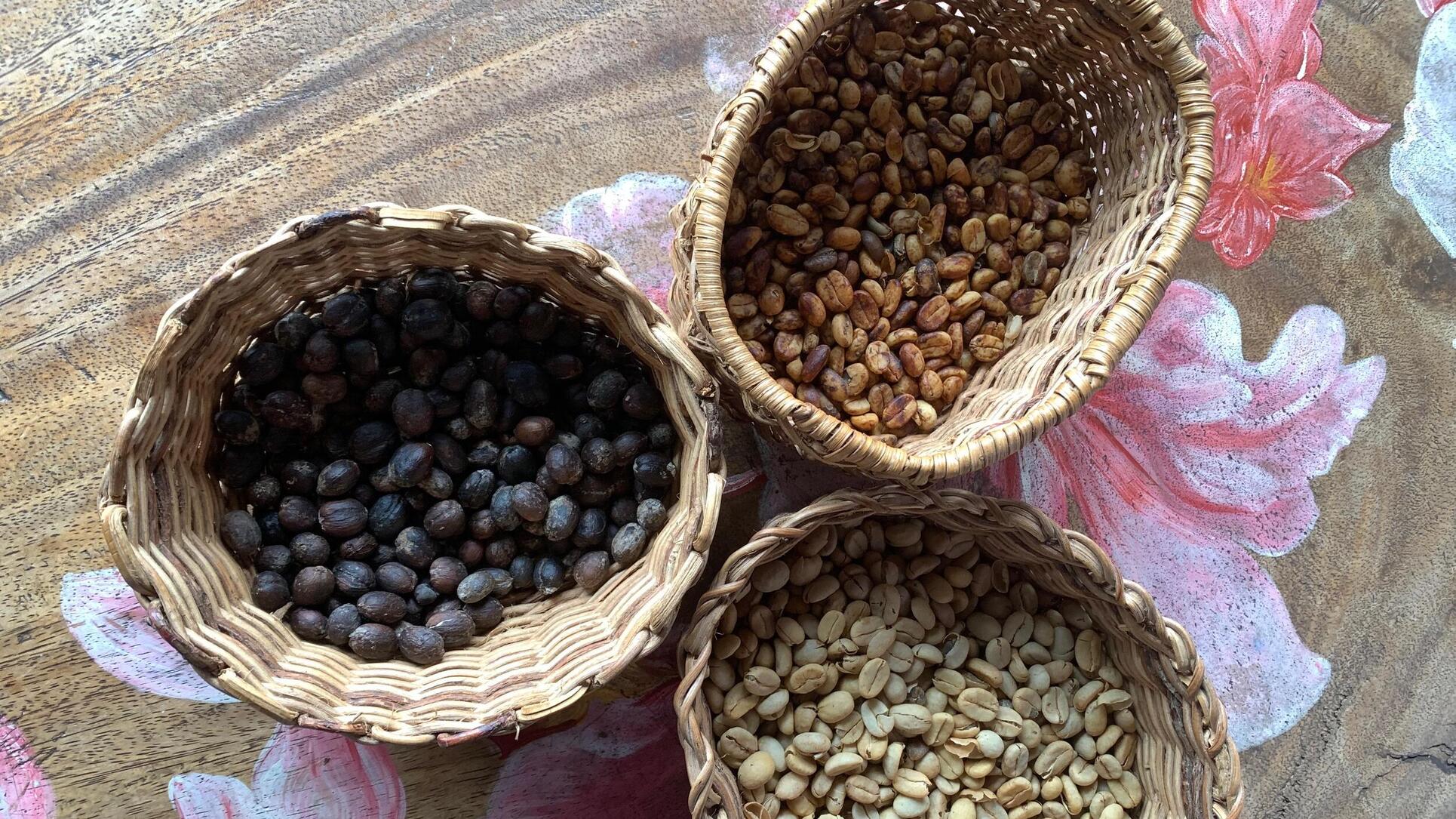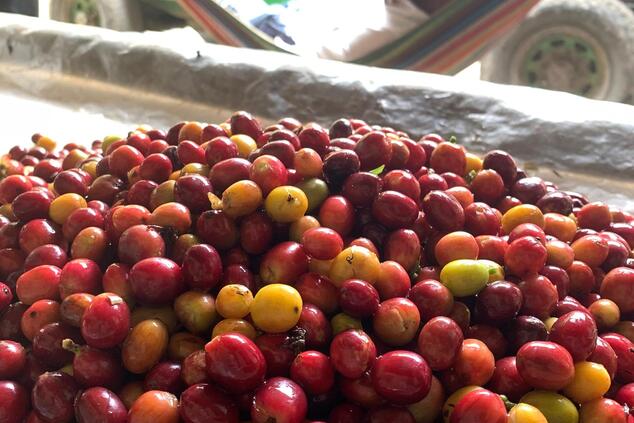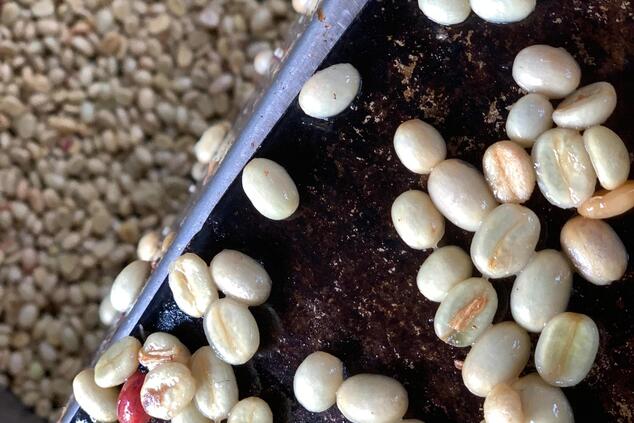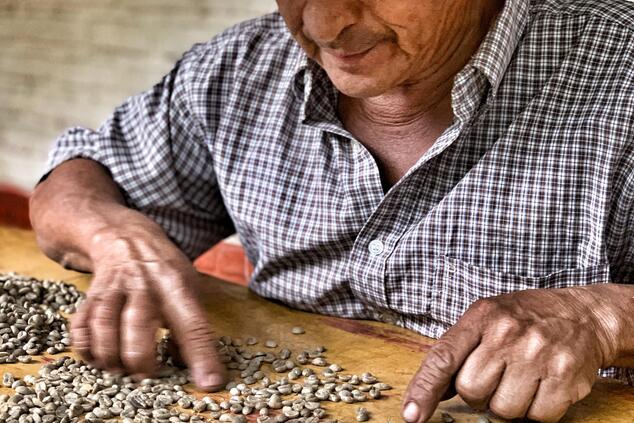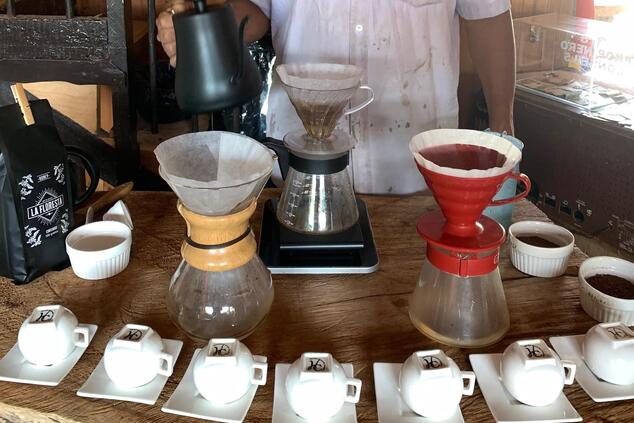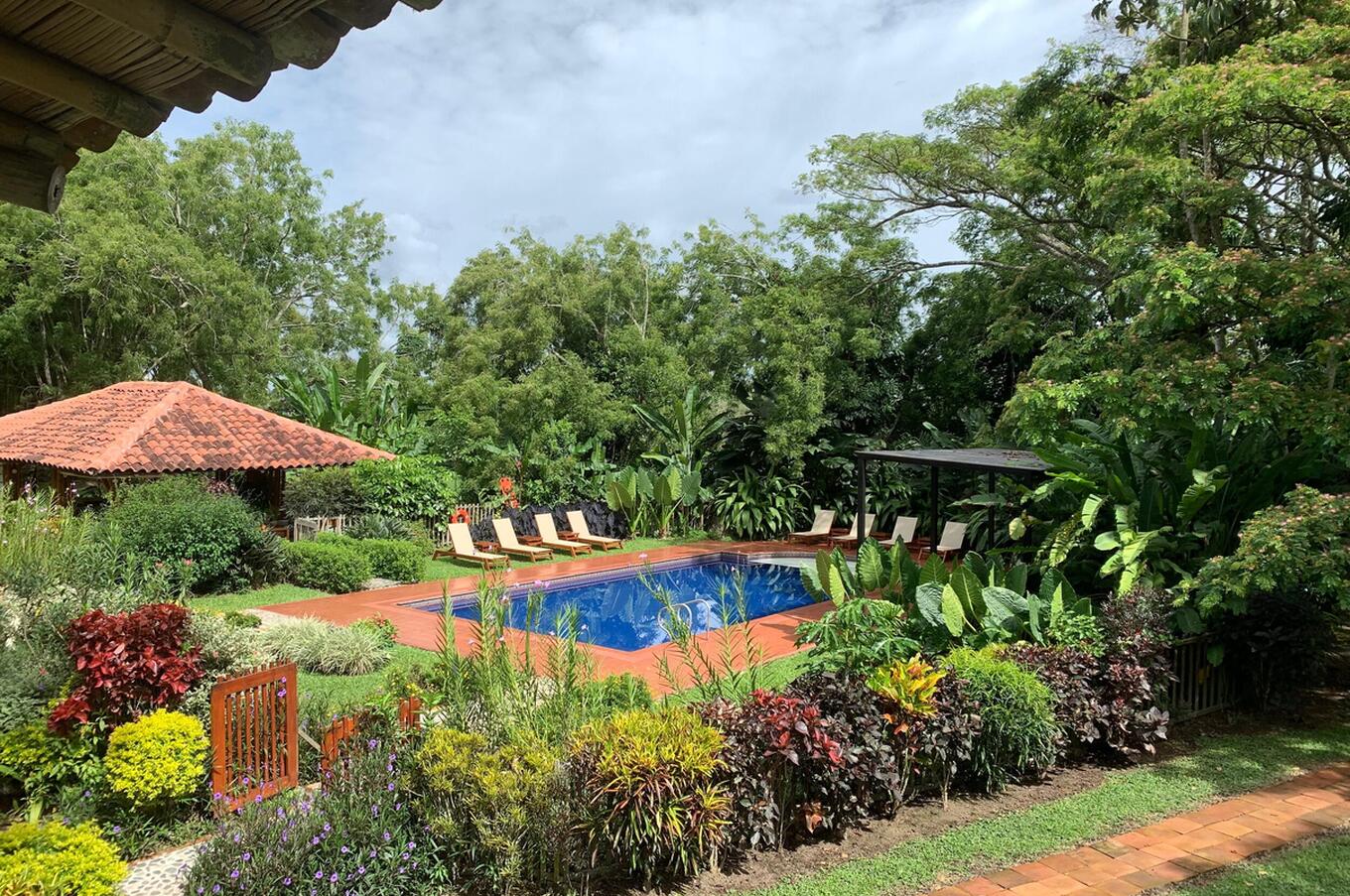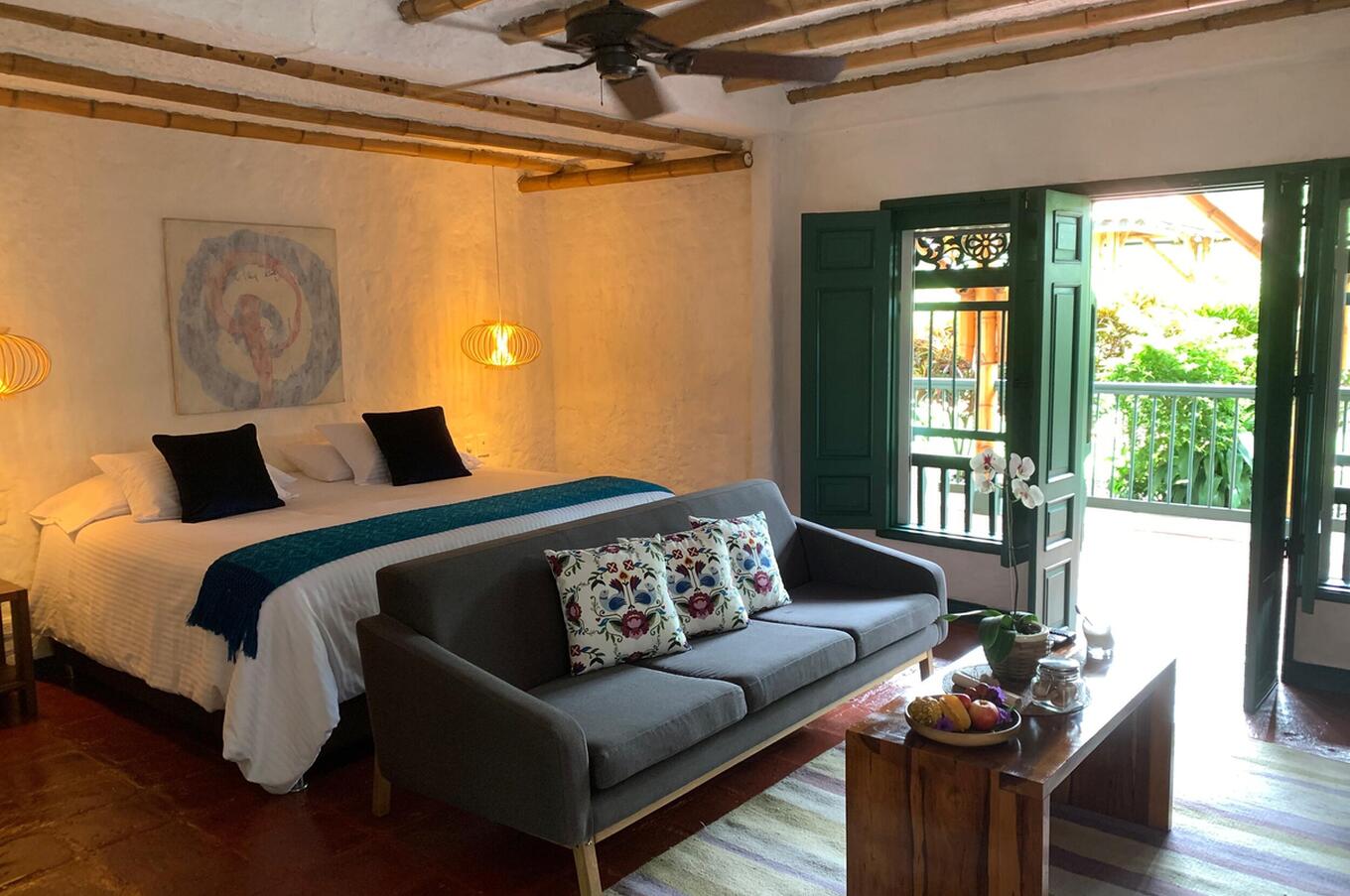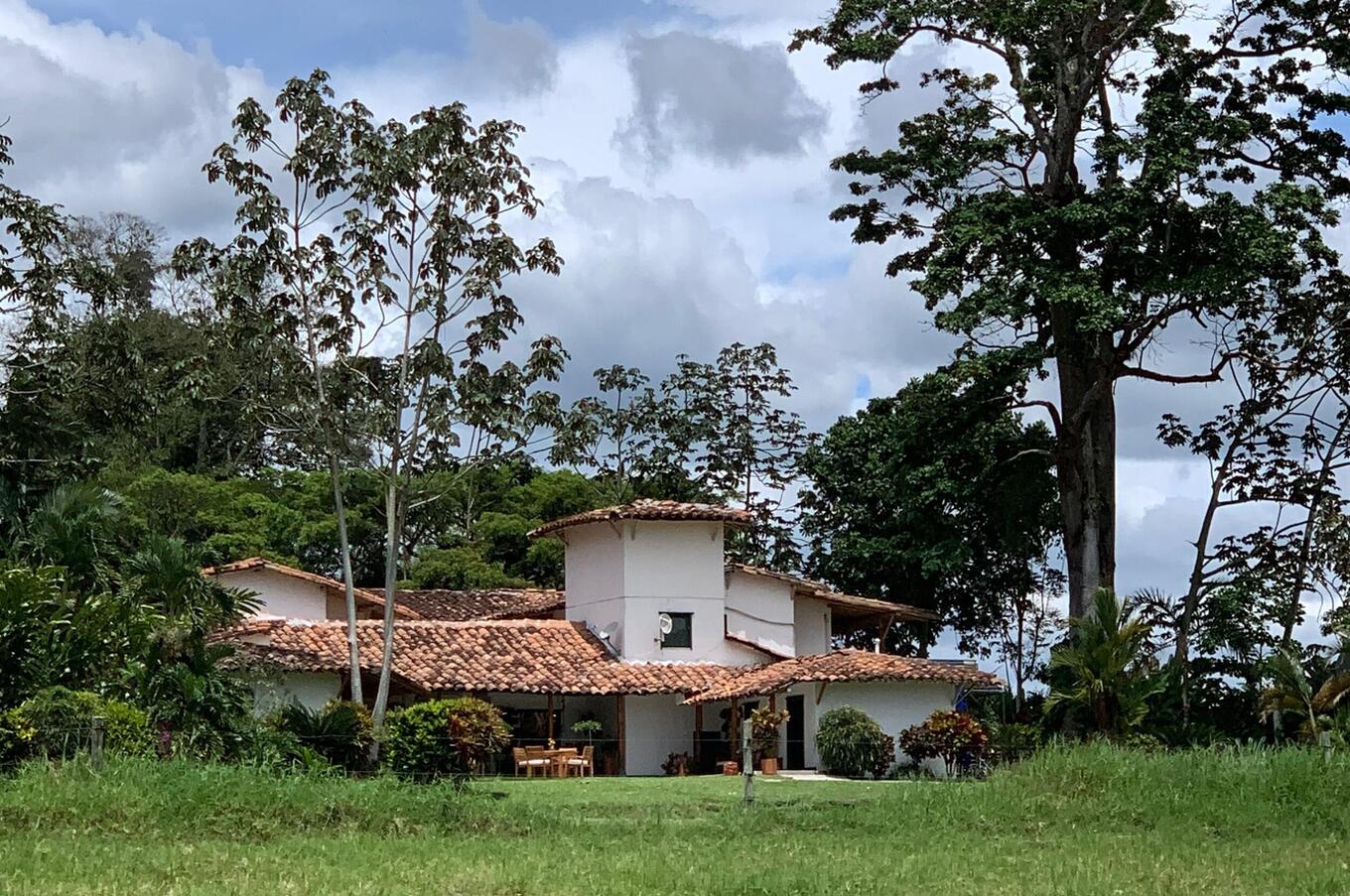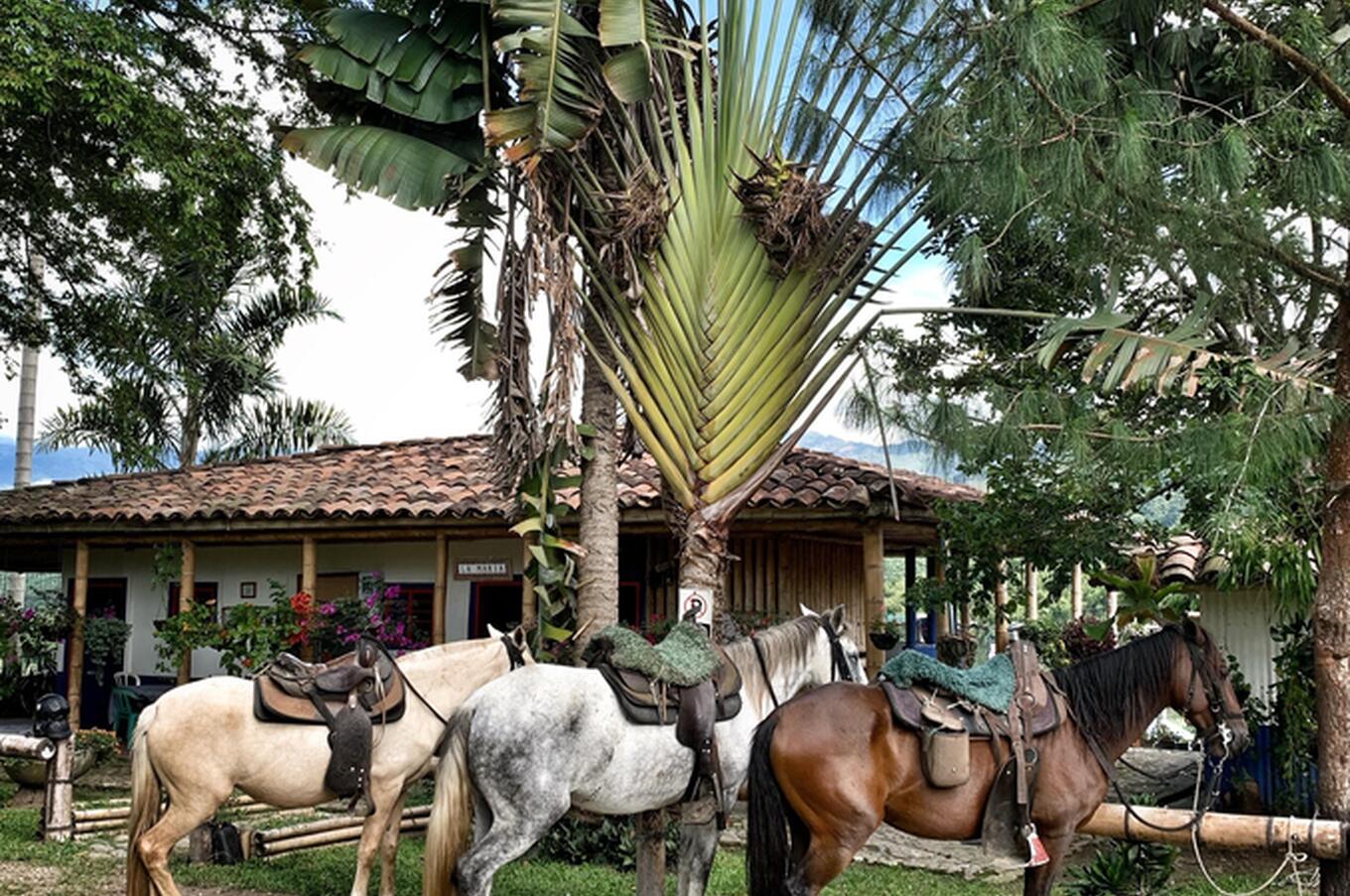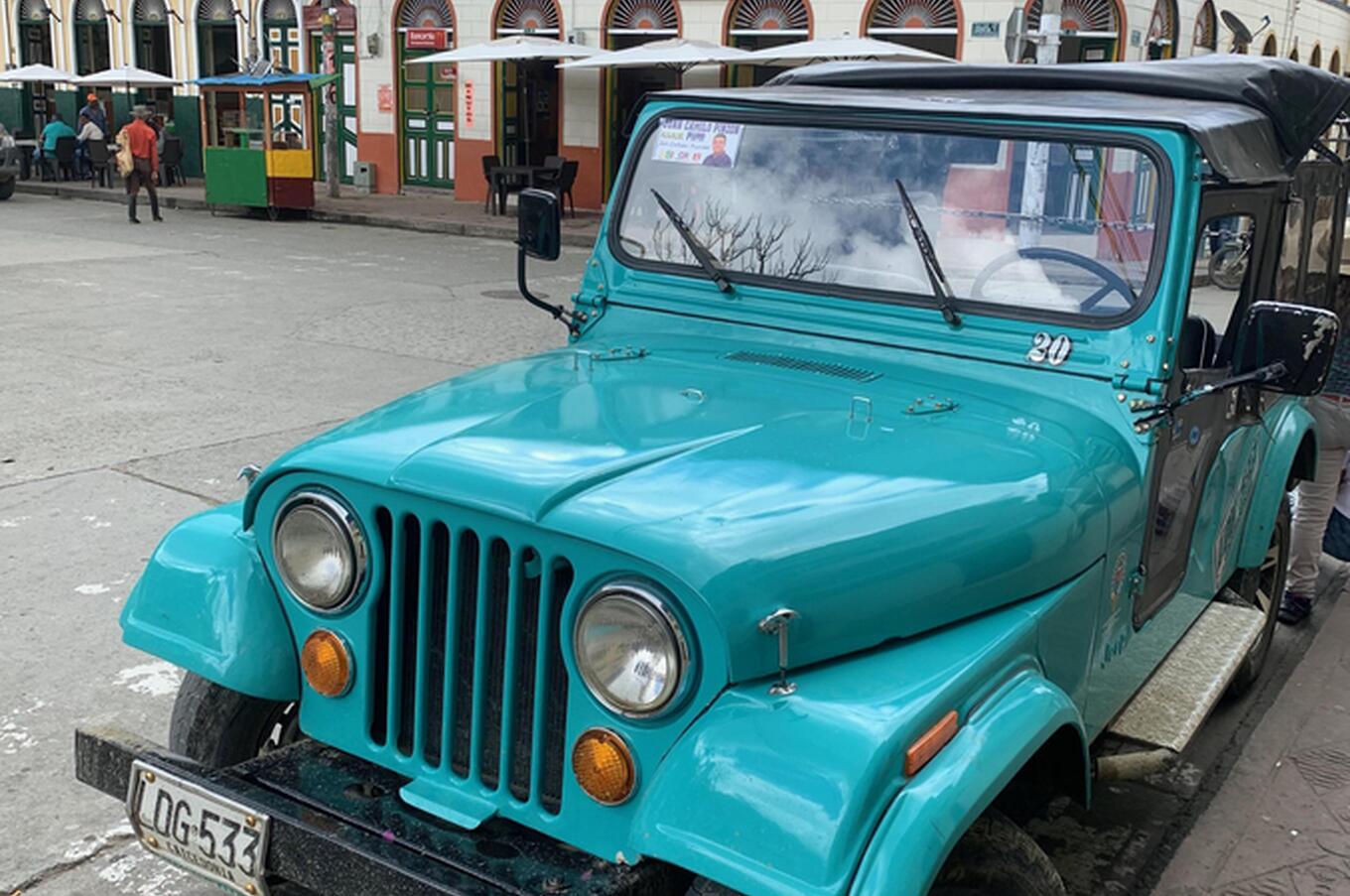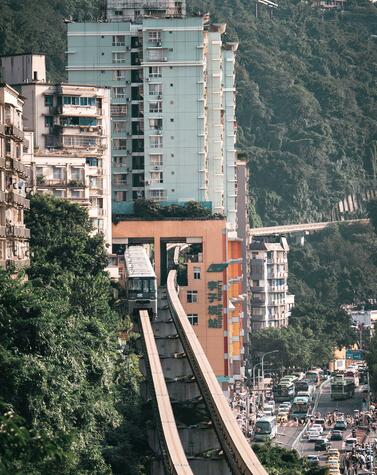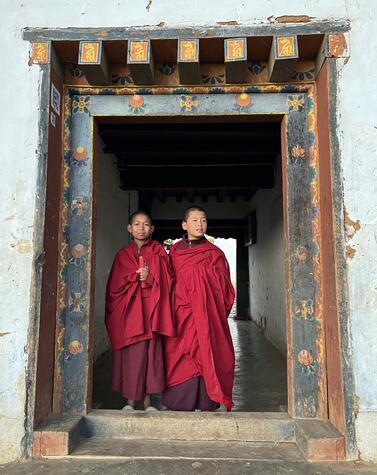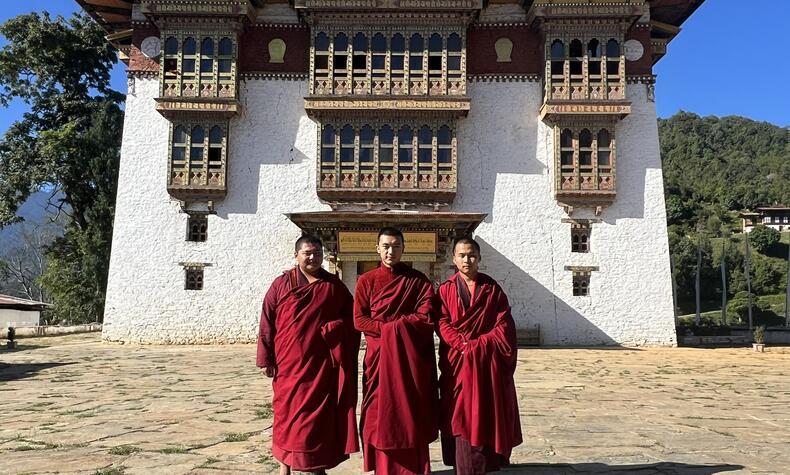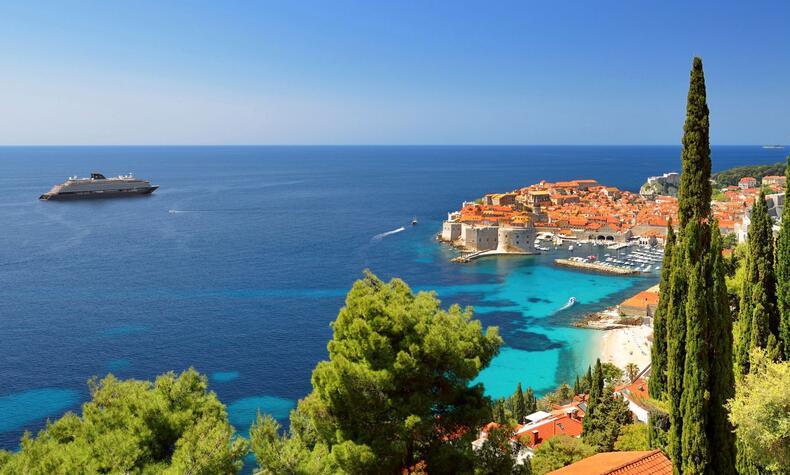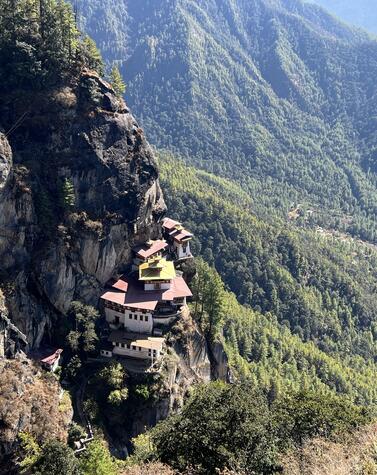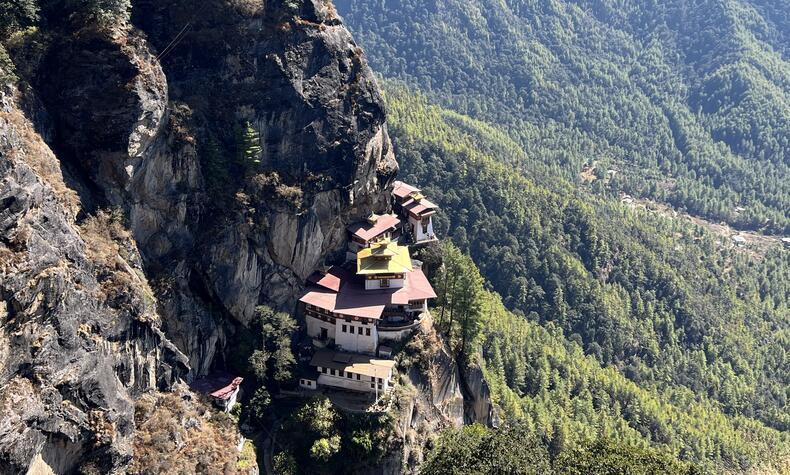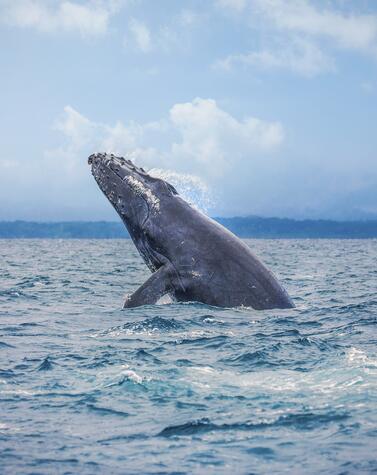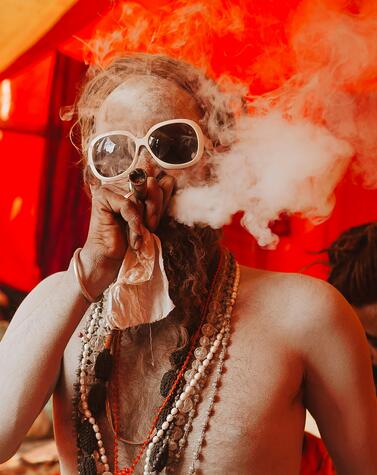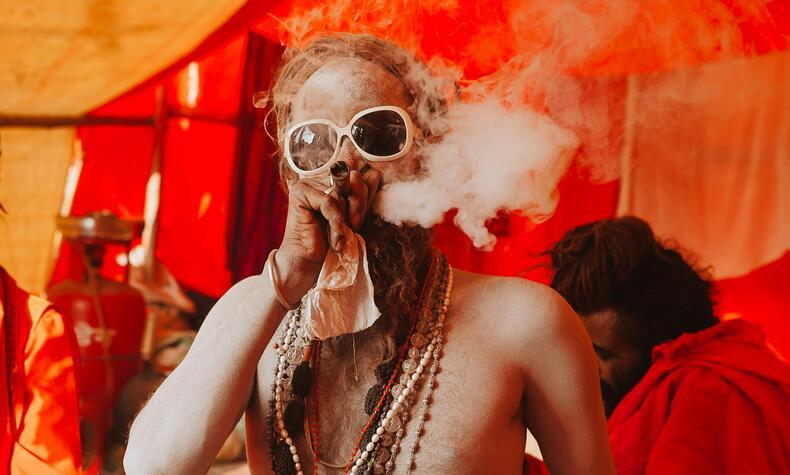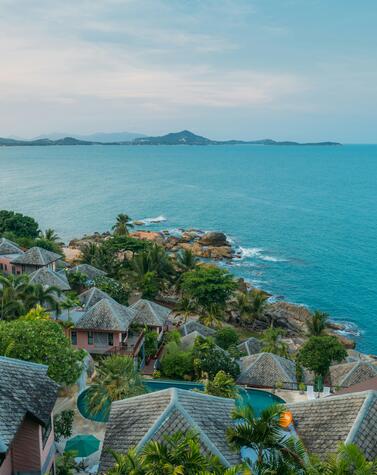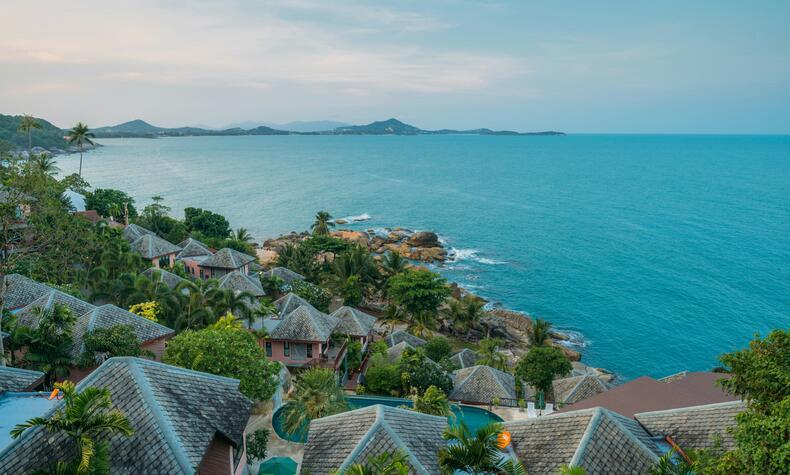Colombia's black gold
It is estimated that more than 1,400,000 cups of coffee are drunk worldwide every day. In fact, coffee is the second most consumed beverage after water. But have you ever wondered what's behind that coffee you drink every day at breakfast?
We traveled to the Colombian region of Quindío to meet Don Leo, a farmer with more than 40 years of experience in the cultivation of coffee and whose life revolves around the history of coffee and Colombia itself, where this product is a gastronomical staple of the country.
In his 70-something years, Don Leo Campo lives in a humble house on his "finquita", with no running water or electricity. He learned through YouTube videos how to generate the gas he needs for cooking, through the methane he extracts from fermenting the excrement of his pigs in a composter and storing the gases in a huge plastic balloon. Coffee, an African plant introduced to Colombia by the Spanish Jesuits in 1730, has always been the livelihood of Don Leo and his family.
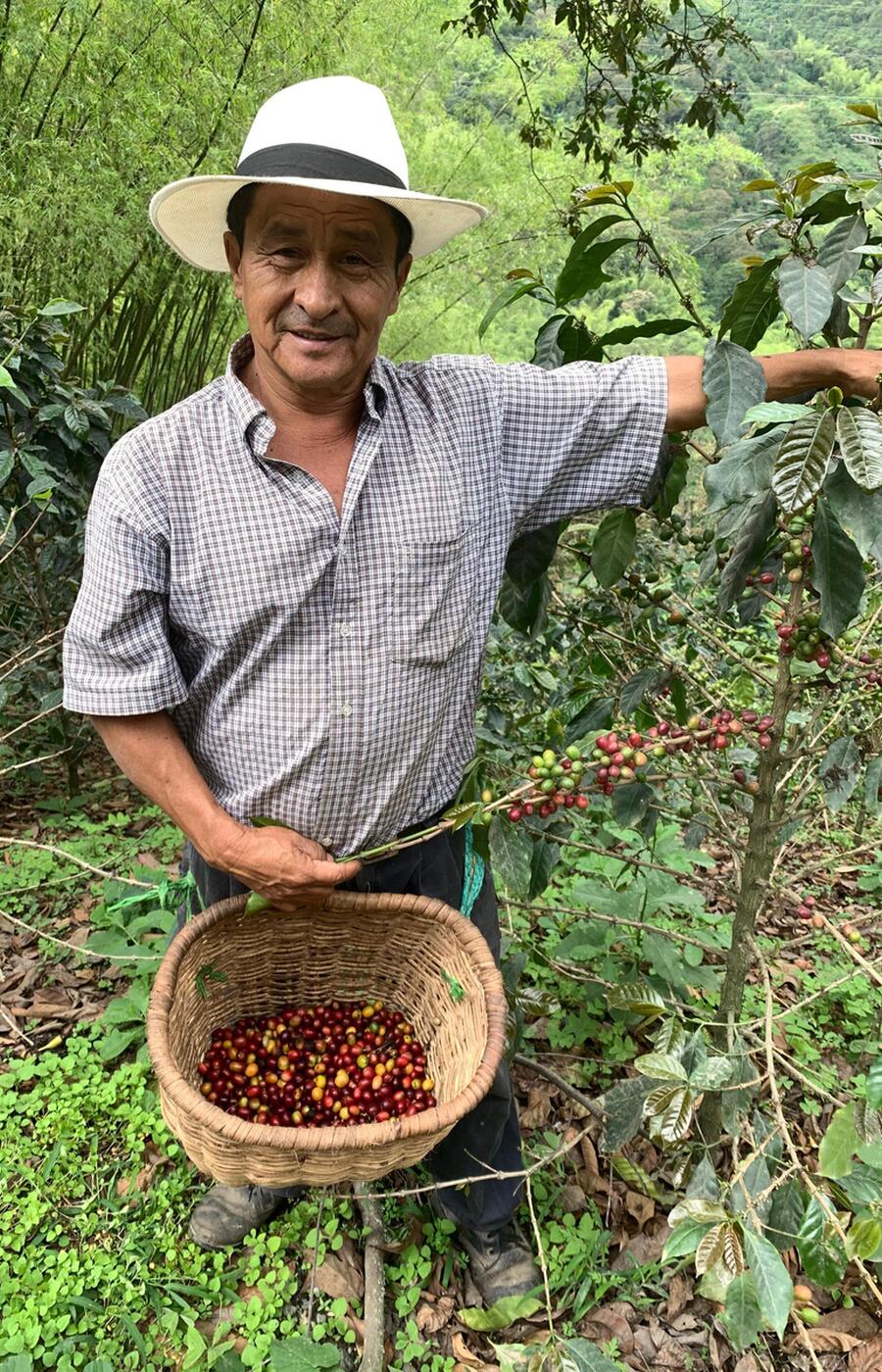
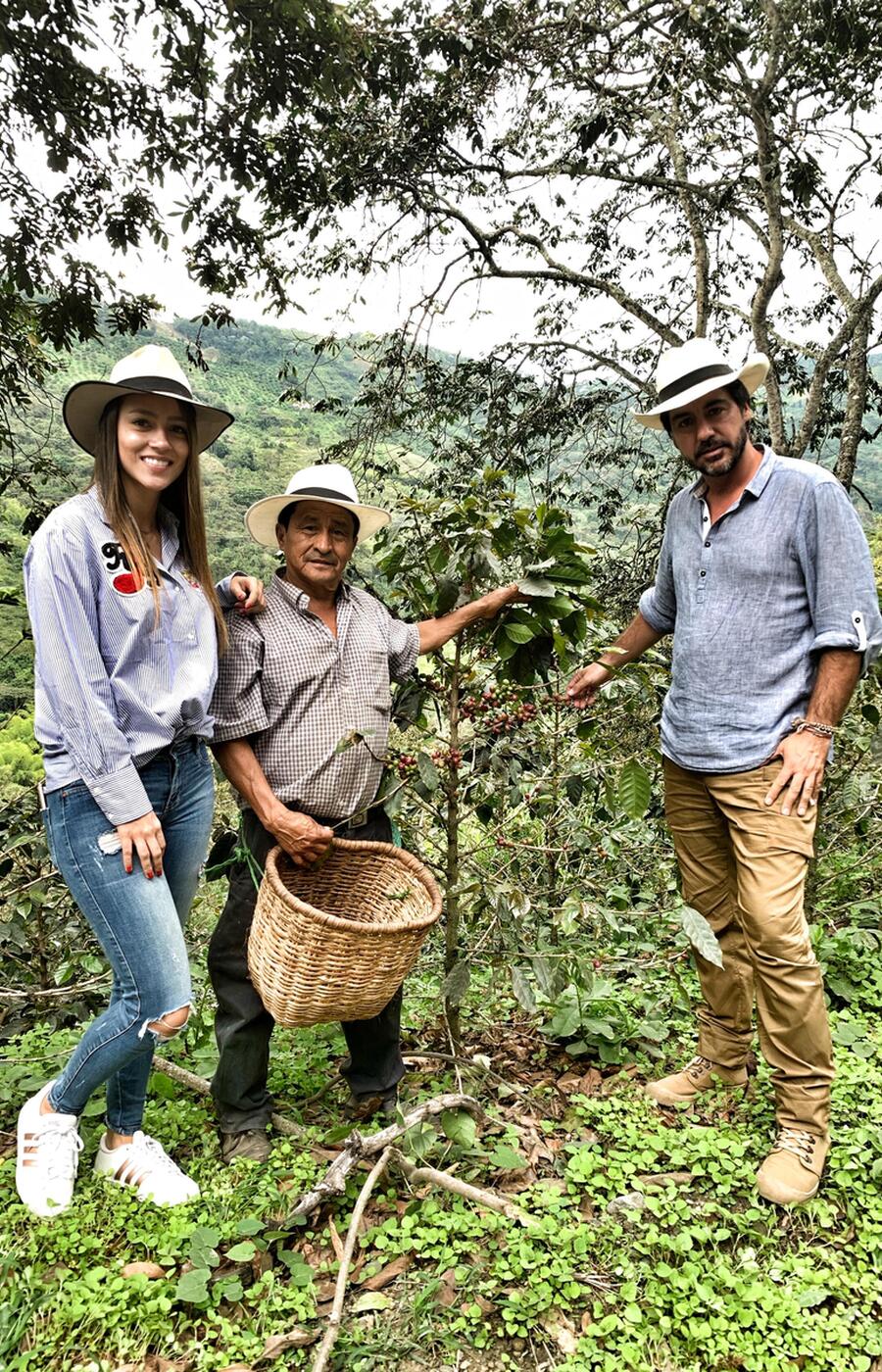
The expansion of coffee in Colombia was popularized in 1835 by the Jesuit Francisco Romero, who, as a penance, forced the faithful of the area to plant coffee in order to redeem their sorrows.
Perhaps without knowing it, he was the precursor of a new industry. As early as 1870, coffee began to be traded on the stock exchange and used as a currency of exchange in the main producing countries such as Colombia, Ecuador, and Brazil, but it was not until 1927 that the "National Federation of Coffee Growers" was established in Colombia with the purpose of protecting the interests of the national coffee industry.
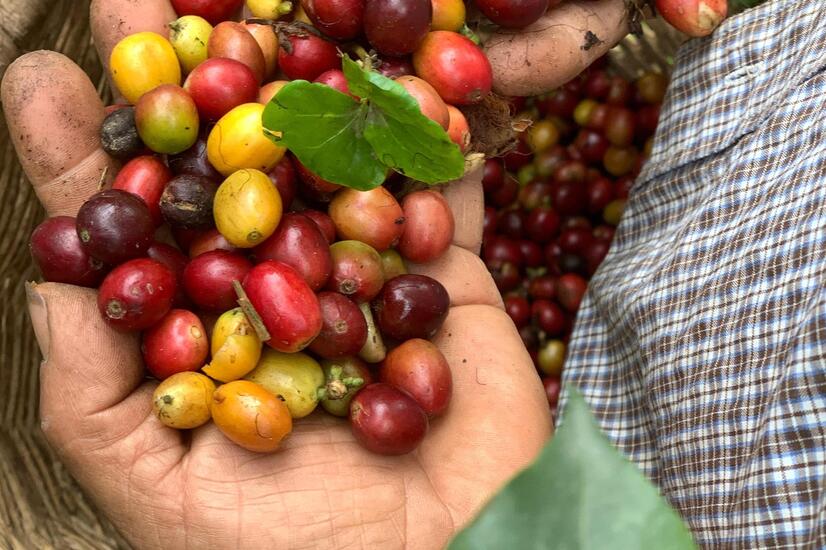
In his organic coffee plantation, Don Leo explains to us with patience and the wisdom that only comes from experience, that the "Colombian Coffee" (which is a registered trademark) is of the Arabica variety. From flowering to harvesting, it takes between 6 and 8 months. Each plant produces two harvests: the main harvest and the so-called "naughty" one, which is equivalent to one-third of the coffee from the first one.
Don Leo explains that the secret of good coffee lies in the combination of altitude and latitude of the crop. The appropriate latitude for the plant to grow and produce good coffee is very narrow. It covers the line of the equator, and in South America, from Brazil to Central America. On the other hand, the altitude of the crop is what marks the greater or lesser bitterness and acidity of coffee.
A handcrafted process
The coffee is harvested by hand, bean by bean, when the fruit called "cherry" has ripened. It is pulped, cleaned, and the seed remains, which is the coffee bean. It is hulled and left to dry in the sun. These same husks are then used together with the wood to make the embers that will roast the coffee. The degree of roasting makes the intensity of flavor vary.
In addition, the plant has to be grown in semi-shade, and the ideal environment is a wooded area. For this reason, the coffee farm is one of the most sustainable, since no wooded area is cut down for its cultivation, but rather it is maintained. It is estimated that each tree yields a harvest of 1.5kg of coffee.
- Once ripe, the coffee fruit is harvested by hand, bean by bean —
- The grains are shelled and dried in the sun —
- It is important to select the different qualities of beans before roasting —
- The visit to Don Leo's farm ends with a tasting of his organic coffee
We continued our conversation with Don Leo, who recalls with sadness the years of the armed conflict when drug traffickers forced him, like many other coffee growers, to raze his coffee plantations to grow coca instead. Like many other farmers, Don Leo was threatened by the FARC with forced recruitment of his son if he did not comply.
At the beginning of the pacification of the country, Don Leo decided six years ago to go back to planting coffee and return to what he had done all his life. But the situation was very different. Due to the large increase in production in other countries around the world and the large volume of product bought and moved by large multinationals, the price of coffee had plummeted, and producers were paid a pittance for their valuable raw material.
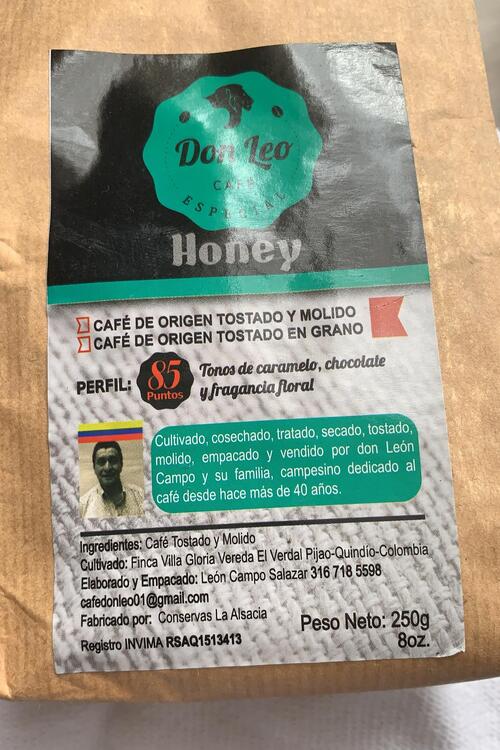
This coffee is marketed through fair trade entities and, thanks to the purchase of a bag of Don Leo coffee or other organic coffee producers, the result has a direct impact on the producer's economy, avoiding large intermediaries that monopolize prices and the market.
In light of this situation, Don Leo has decided to return to the origins of organic coffee farming, in which neither chemical fertilizers nor pesticides are used. He uses, for example, the fruit pulp itself as fertilizer. The result is a much more environmentally friendly, healthier, and better quality coffee, which can be sold for a higher price, although the production is also lower.
Aware of this problem, the Colombian government is ceding land to small farmers or cooperatives for the cultivation and export of organic coffee, as a way of improving the country's economy and the quality of its coffee. Even so, the difficulties of subsisting through the cultivation of coffee make it so that many farmers are changing their coffee plantations for the more profitable cultivation of cocoa or avocado.
A hidden gem in the coffee-growing region
Today, visiting one of the coffee plantations located in the coffee axis of Colombia is an experience that helps us connect with the history and reality of a country known worldwide for its famous coffee.
In the heart of this coffee axis, just 25 minutes from the airport of Armenia, Hacienda Bambusa is a hidden gem, the hull of a plantation converted into a boutique hotel, surrounded by nature and the ideal place from which to meet in colorful old Jeep Willys' or horseback coffee and cocoa plantations around, and even fly over them in a balloon.
The visit should not miss a coffee tasting by expert tasters who will help us to differentiate all the nuances of intensity, acidity, and bitterness of this drink originating in Ethiopia, where it was used for its invigorating effects, and whose first reference dates back to the 15th century.
